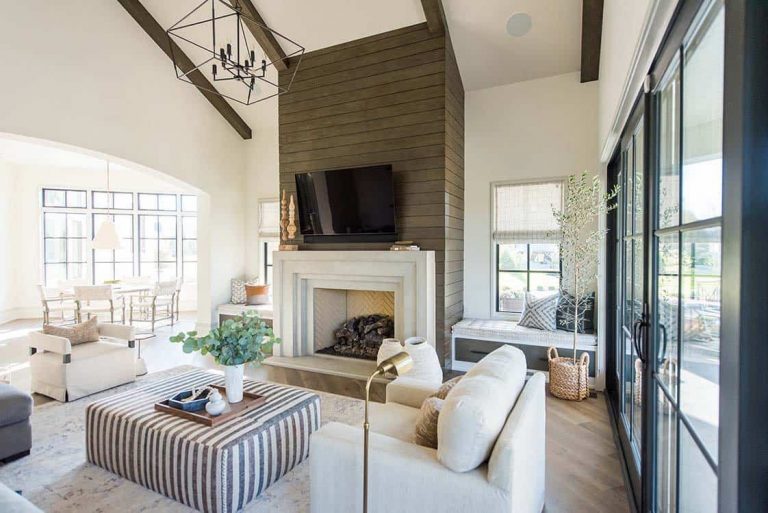Choosing between modern and traditional interior design can be a daunting task, especially when trying to find a style that suits your lifestyle. Both styles offer distinct aesthetics and functionalities that cater to different tastes and needs.
Let’s explore the differences and see which style resonates with your personal and practical preferences.
Key Elements of Modern Design
Modern interior design is all about clean lines, minimalism, and functionality. It emerged in the early to mid-20th century and draws inspiration from the modern art movement, particularly the Bauhaus School of Design.
The focus is on simplicity and the absence of unnecessary details. Interior design firms in Dubai have embraced these principles, creating spaces that reflect the essence of modern design.
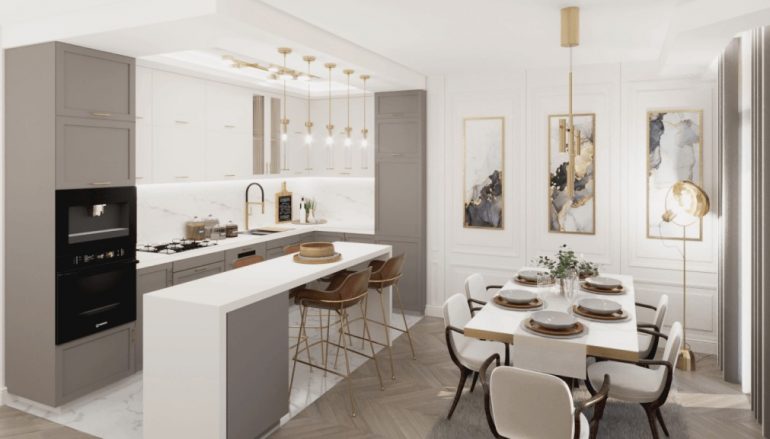
- Clean lines ─ Straight, sleek lines dominate the modern design. Whether it’s furniture, lighting, or architectural elements, simplicity is key.
- Neutral colors ─ Think whites, blacks, grays, and earth tones. These colors create a calming, uncluttered environment.
- Minimalism ─ Less is more. Modern design favors open spaces with minimal furnishings and decor.
- Functional furniture ─ Pieces are chosen for their utility and often serve multiple purposes.
- Industrial materials ─ Metal, glass, and concrete are commonly used, giving spaces a sleek, polished look.
Pros and Cons
- Pros ─ Modern design emphasizes a clutter-free, clean, and organized space, making it easy to maintain with fewer items and simpler designs. It is versatile and can be adapted to various sizes and types of homes.
- Cons ─ However, the simplicity and use of industrial materials can sometimes make the space feel cold and sterile. The minimalist approach may also lack the cozy, inviting feeling that some people desire.
Traditional Interior Design
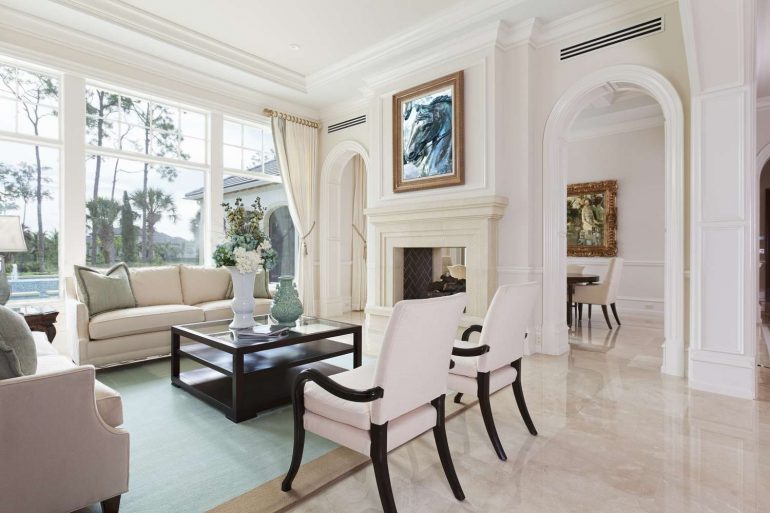
Traditional interior design is rooted in classic European decor. It draws inspiration from the 18th and 19th centuries, showcasing rich colors, ornate details, and an overall sense of elegance and history.
- Rich colors ─ Deep reds, blues, and browns dominate, often complemented by warm neutrals.
- Ornate details ─ Intricate woodwork, moldings, and decorative trims are common.
- Antiques and classic furniture ─ Pieces often have a sense of history and craftsmanship.
- Patterned fabrics ─ Florals, damasks, and plaids add texture and visual interest.
- Symmetry ─ Rooms are often balanced and harmonious, with matching furnishings and decor.
Pros and Cons
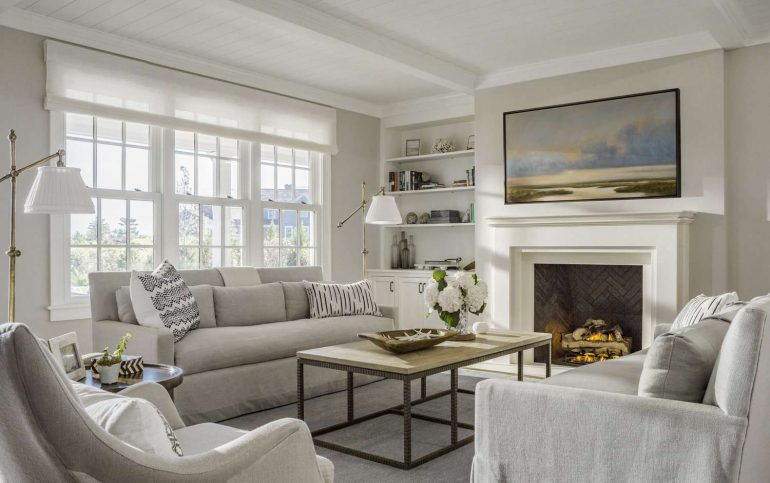
Traditional design offers a blend of timeless elegance and warmth, making it a favorite for many. However, its rich details and classic elements come with their own set of advantages and potential drawbacks.
Pros
- Timeless ─ The classic elements of traditional design never go out of style.
- Warm and inviting ─ Rich colors and textures create a cozy, welcoming atmosphere.
- Elegant ─ Brings a sense of sophistication and history to a space.
Cons
- Can feel cluttered ─ The abundance of details and decor might overwhelm some.
- High maintenance ─ Ornate pieces and fabrics can require more care and upkeep.
- Less flexible ─ Harder to adapt to smaller or more modern spaces.
Matching Design to Lifestyle
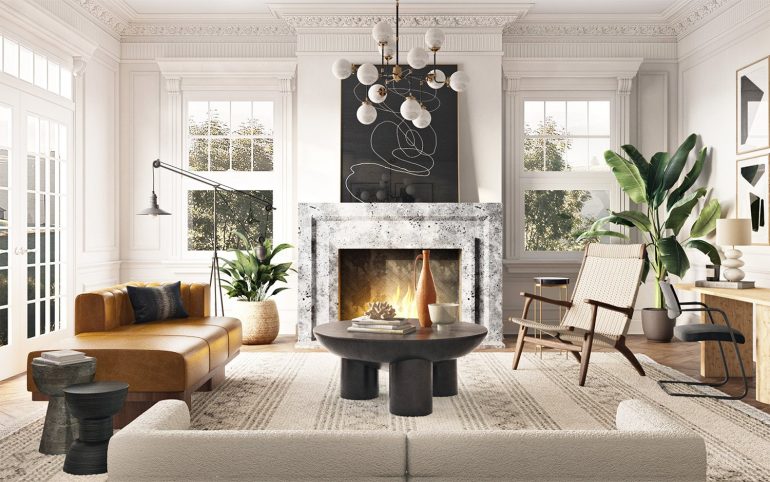
Your home should reflect your daily habits and personal preferences. Align your interior design with your lifestyle and create a space that is not only beautiful but also functional and comfortable.
Busy Family Life
For a busy family, practicality and durability are key. Modern design, with its emphasis on minimalism and easy-to-clean surfaces, can be a great fit. Open spaces and functional furniture make it easier to manage everyday chaos. However, a traditional design can also work if you opt for durable materials and kid-friendly fabrics.
Social Butterflies
If you love entertaining, your home should reflect that. Modern design’s open floor plans are perfect for hosting gatherings. The clean, uncluttered spaces allow for flexibility in arranging furniture for different events. Traditional design can also create a warm, inviting atmosphere for guests, with ample seating and cozy corners for conversations.
Cozy and Private
For those who prefer quiet, cozy evenings at home, traditional design might be more appealing. The rich colors and textures create a snug environment perfect for relaxation. However, modern design can also be made cozy by incorporating warm, neutral tones and comfortable, functional furniture.
In Summary
You don’t have to choose strictly between modern and traditional. Many homeowners find that a blend of both styles, known as transitional design, suits their needs best. The transitional design incorporates the clean lines of modern with the warmth and comfort of traditional, creating a balanced, inviting space.

